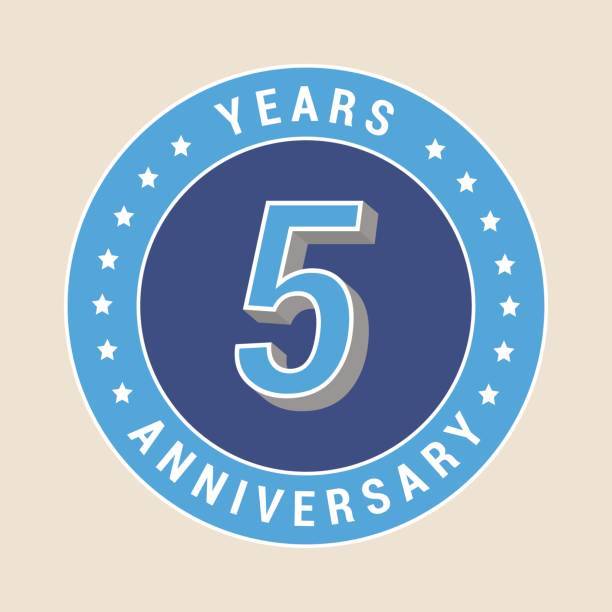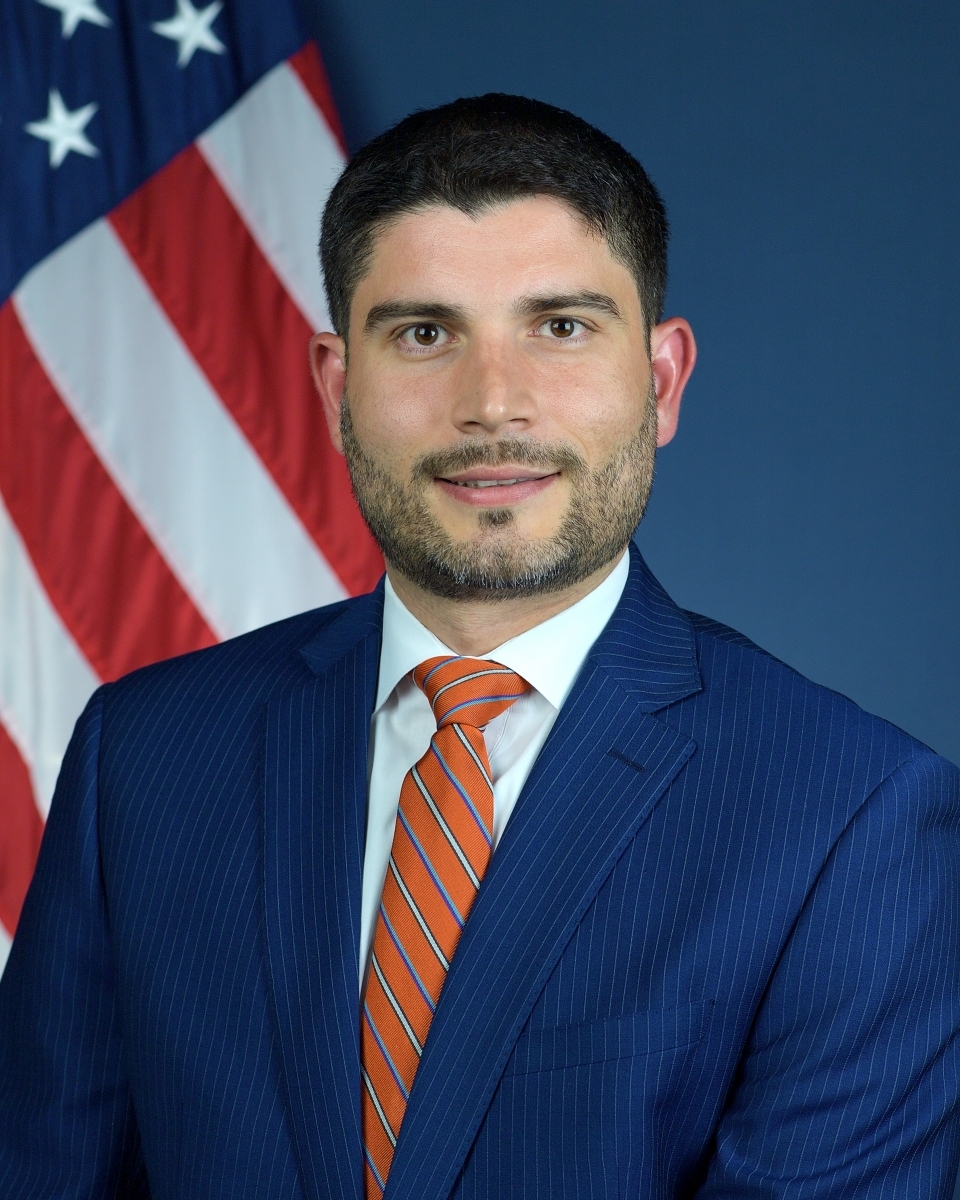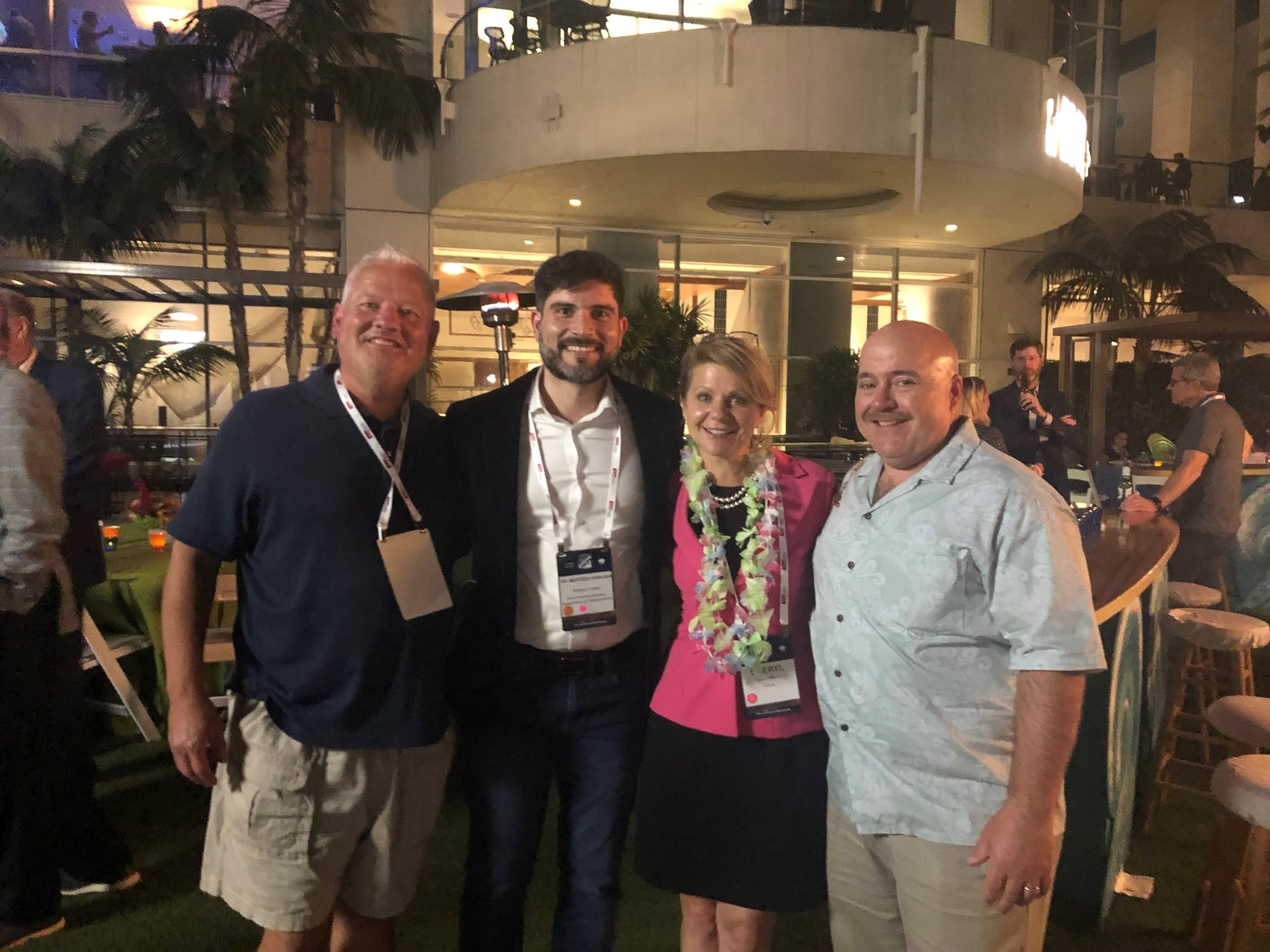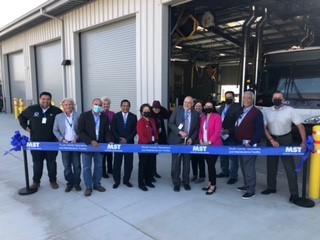Build America Bulletin
U.S. Department of Transportation sent this bulletin at 11/29/2021 04:50 PM EST|
Having trouble viewing this email? View it as a Web page. |
The Build America Bureau is U.S. DOT's “one-stop shop” for transportation infrastructure finance with low-interest, long-term loans. We also provide technical assistance and encourage innovative best practices in project planning, financing, delivery, and operation. If you are interested in using our financing tools or have any questions, contact us at BuildAmerica@dot.gov.
Executive's Summary
These have been an exciting few months for us. We closed nearly $10 billion worth of loans this past fiscal year, by far the most in the Bureau's history, and far more diverse. The projects financed with these loans will make our transportation system safer, more efficient, and better prepared for the future. Of course, November 15 was a significant day when President Biden signed the once-in-a-generation Bipartisan Infrastructure Law the will create millions of jobs, turn the climate crisis into an opportunity, and and help put us on a path to economic recovery. There are numerous aspects of the Bipartisan Infrastructure Law that will enhance the Build America Bureau services, making our credit programs more flexible for a broader range of projects, extending the life of some loans to 75 years instead of 35, and providing technical assistance and grants for project sponsors. It also put us back in the Private Activity Bond business, raising our cap by $15 billion. The legislation also enables the Bureau to retain advisors and legal counsel to assist state and local governments, supporting tribal and rural jurisdictions without the resources to explore innovative project delivery and financing methods. We are excited about the opportunity to expand our support of communities across the nation and move projects forward. The Bureau will post more details about the new programs and opportunities in the coming months. I look forward to working with you to implement these enhancements to our programs. Sincerely,
Morteza Farajian, Ph.D.
Executive Director, Build America Bureau
|
|
Table of Contents
- Featured Photo
- Regional Infrastructure Accelerators
- Closed Projects
- Emerging Projects Agreement
- Marking Five Years of the Bureau
- Bureau 101 video
- INFRA Extra
- Project Pipeline Update
- Project Spotlight
|
FEATURED PHOTO
US DOT officials from across the US had a chance to connect at the AASHTO annual meeting in San Diego in November. From left to right are: Glenn Fulkerson, FHWA Division Administrator (Wisconsin), Bureau Executive Director Morteza Farajian, FHWA Associate Administrator for Safety Cheryl Walker and Vince Mammano, FHWA Division Administrator (California). |
Regional Infrastructure Accelerators |
||
The Bureau awarded $ 5 million to five local/regional agencies Regional Infrastructure Accelerators (RIA) grants in September. The RIA program will help expedite project delivery through a variety of ways, including project planning, studies and analysis, and preliminary engineering and design work.
As the newsletter went to "press", the Bureau was on the cusp of offering another round of $5 million in grants bringing the total RIA investment to $10 million.
The first round of awardees are:
- Fresno Council of Governments, Fresno, California: $1 million
- Two Rail Intermodal Complexes; Roadway Access and Interchange Improvements; Truck Mobility Complex
- Chicago Metropolitan Agency for Planning, Chicago, Illinois: $1 million
- Bridge Rehabilitations; ADA Transitions; Electric Vehicle Infrastructure
- Northeast Ohio Areawide Coordinating Agency, Cleveland, Ohio: $295,000
- Intermodal Facility; Airport Access Improvement; Improve Road to Healthcare Facility; Pedestrian Connection
- San Diego Association of Governments, San Diego, California: $1.47 million
- Regional Rail Infrastructure
- Pacific Northwest Economic Region, Seattle, Washington $1.235 million
- Rail and Freight Improvements; Seaport Emission Reduction; Highway/Rail Grade Separation
“This program will help regional transportation agencies deliver projects more effectively, benefitting communities around the country,” said Morteza Farajian. "The program, which was created in the FAST Act and funded through the Further Consolidated Appropriations Act of 2020, is designed to inform future work by measuring how different regional accelerator models can expedite development and delivery of transportation projects."
More information on these grants and the program can be found here.
More Loans Closing, and Faster, Than Before in FY 2021
The Bureau is always working with transportation agencies to identify projects that would benefit from a TIFIA or RRIF loan. Since its creation in 2016 the Bureau and its partners across DOT have worked to streamline the application process and expand its outreach efforts. This culminated this September as the Bureau wrapped up FY 2021 with nearly $10 billion of closed loans, more than the last several years combined. This includes new loans, replacing existing TIFIA loans to save money for borrowers affected by COVID-19. The agencies shown below received TIFIA or RRIF loans since the previous newsletter.
|
|
San Bernardino County Transportation Authority - The Bureau closed a $225 million TIFIA loan for the I-10 Corridor Express Lanes Project. This TIFIA loan replaces the current loan that the Bureau provided to SBCTA for the project in April 2019, and will help finance construction costs associated with widening a 10-mile stretch of I-10 between the Los Angeles County line and the I-15 in San Bernardino County. The I-10 is one of three national coast-to-coast interstate routes, providing east-west access from California to Florida. As part of the Primary Freight Network, the I-10 is also an important route for facilitating goods movement between Southern California and the rest of the Nation. The new loan, at a lower interest rate, will save SBCTA approximately $53 million over the life of the loan. These savings will help to partially mitigate reduced agency revenue during the pandemic, as well as aid in accelerating additional planned network express lanes on I-15 and the remainder of I-10 in San Bernardino County. |
|
|
North Carolina Turnpike Authority - The Bureau closed a $500 million TIFIA loan for the Complete 540 Phase 1 Project near Raleigh, NC. This loan replaces the current TIFIA loan that the Bureau provided to NCTA for the Project in December 2019. The lower interest rate on the new loan will provide NCTA significant interest cost savings. The loan proceeds will finance part of the construction of the Project, which consists of a 17.1-mile six-lane extension of the existing Triangle Expressway Toll Road. Procurement was split into small segments to provide additional participation opportunities for local design and construction industry, and for contractors of various sizes and resources, including disadvantaged business enterprises (DBE) to participate. Approximately $80 million in work is to be provided by DBE companies. |
|
|
Grand Parkway Transportation Corporation - The Bureau closed a $605 million TIFIA loan for the Grand Parkway Segments H&I near Houston, TX. The project will include: 43.6 miles of new highway construction, toll installation and configuration, and toll equipment upgrades along the existing 8.7-mile four-lane corridor of the toll lane facility. This replaces an existing TIFIA loan, and the lower interest rate will save approximately $194 million over the life of the loan. The first five segments of the system, Segments D-G, were financed by a $840 million TIFIA loan and completed in stages and commenced tolling operations between February 2014 and April 2016. |
|
|
Orange County Transportation Authority - The Bureau closed a $629 million TIFIA loan for the I-405 Improvement Project in Orange County, California. The loan replaces a previous TIFIA loan and will save more than $250 million over the life of the loan. It will finance part of the construction costs of the project, which is being built in a 16-mile corridor in northwest Orange County on I-405 between State Route 73 and Interstate 605. The project will add one new general-purpose lane and one new toll lane in each direction. The new tolled express lanes will combine with the existing high occupancy vehicle lane to create two express lanes in each direction. The project will improve operations of one of the most congested freeways in the country and is expected to generate about 26,000 jobs. It will also create more reliable and timely access to job centers, schools and to essential services for residents of this region. Its design also incorporates climate resilience elements, especially against flooding and earthquake risks, as well as pedestrian and bike-friendly elements. |
|
|
Central Puget Sound Regional Transit Authority - The Bureau created a package of six TIFIA loans totaling $3.84 billion around the Seattle metro area. This includes the Downtown Redmond Link Extension, and the refinancing of an additional five loans that will save more than $630 million over the life of the loan. The TIFIA loans will replace the current loan for the Sound Transit Northgate Link Light Rail Extension, which is scheduled to open this fall. This project is a 4.3-mile light rail extension, including three new stations, from the University of Washington north to Northgate. The TIFIA loans also include refinancing for the East Link, Lynnwood Link and Federal Way Link extensions of light rail as well as the Operations and Management Facility East projects. |
|
|
Kiewit Meridiam Partners LLC - The Bureau closed a $465 million loan for the Central 70 project in Denver. This replaces an existing $416 million TIFIA loan awarded in 2017, and will save nearly $50 million over the life of the loan. The project will include three general purpose lanes and one managed lane in each direction and will provide numerous benefits including reduction in travel time and improved safety standards. Additionally, the construction of a four-acre section of park above the highway will reconnect the Elyria and Swansea neighborhoods, minority communities that were divided when the original viaduct was built in 1960. |
|
|
Hampton Roads Transportation Accountability Commission - The Bureau closed a $1.66 billion TIFIA loan for the Hampton Roads Bridge Tunnel Project and to replace an existing TIFIA loan. Replacement of the existing $500 million loan will generate savings of approximately $50 million for HRTAC over the life of the loan enabling HRTAC to implement additional improvements and upgrades in their transportation network. The HRBT Project is one of the Regional Priority Projects to create an eight-lane facility with six consistent lanes for approximately 10 miles. The expanded facility will include four general purpose lanes, two new High-Occupancy Toll (HOT) lanes and two new drivable shoulders to be used as HOT lanes during certain times of the day. It is anticipated that the HOT lanes will be incorporated into the Hampton Roads Express Lane Network (HRELN). The Project will include the construction of two new two-lane tunnels, expansion of the existing portal islands, and full replacement of the existing trestle bridges at the HRBT. |
|
|
Louisiana State Bond Commission - The Bureau closed a $36.4 million TIFIA loan for two different transportation projects. The projects that will benefit from TIFIA financing are the Union Pacific Railroad Overpass Project, Morehouse Parish and LA 3241: LA 435-LA 40 segment 3, St. Tammany Parish. These two projects are part of the $159.8 million, four-project loan package approved by the Department in August 2021. The other two projects are on a different project schedule and are targeting financial close later this year. Moynihan Train Hall - The Bureau refinanced and increased a direct TIFIA loan for up to $606.7 million with the New York State Urban Development Corporation for construction of the Moynihan Train Hall. This loan will add up to $80.5 million to the $526.5 million TIFIA loan that closed in 2017. The additional loan capacity will ensure completion of security and passenger safety initiatives. |
|
|
Emerging Projects Agreement |
To help tackle supply chain issues, and as part of the ongoing efforts of the Biden-Harris Task Force on Supply Chain Disruptions, the Bureau and the State of California entered into a strategic partnership to help facilitate innovative projects and financing opportunities for multi-billion infrastructure improvements in California. This Emerging Projects Agreement helps California to expedite work on a network of related projects – rather than using a piecemeal approach – that collectively will help grow the economy, protect the environment, facilitate the movement of imports and exports, and bring supply chain processes into the 21st century to create resilience throughout the critical trade corridors of California and the U.S., including around San Pedro Bay and the Inland Empire.
Under the Emerging Projects Agreement, the Build America Bureau will support the California State Transportation Agency (CalSTA) in developing infrastructure projects designed to improve the capacity and resiliency of the goods movement chain and will assist project sponsors in exploring innovative financing opportunities for infrastructure investment, in part through the TIFIA and RRIF loan programs.
More information can be found here.
 |
Marking 5 Years of the Bureau |
Deputy Transportation Secretary Polly Trottenberg and former Transportation Secretary Anthony Foxx celebrated the U.S. Department of Transportation’s Build America Bureau, marking five years of the Bureau’s work offering innovative finance programs and technical assistance to state and local partners across the country.
“The Bureau was created under the Obama Administration with a simple goal: creating a simplified, one-stop shop for cities and states and transportation agencies trying to find innovative financing for infrastructure projects,” said Deputy Transportation Secretary Polly Trottenberg at the time of the event. “Today, as we stand on the precipice of passing a major transportation bill, the mission of the Build America Bureau has never been more important.”
A recording is available here.
Bureau 101 Video |
||
Looking for a quick, informative video that gives an overview of what we do at the Build America Bureau and how we can help you deliver your infrastructure project? We made one! You can watch the video here.
INFRA Extra |
||
The Bureau designated 44 projects around the country as INFRA Extra, making them eligible to apply for credit assistance for up to 49 percent of costs. These projects made it to the final round for funding under the 2021 INFRA competitive grant program, but were not awarded due to a combination of overwhelming demand for INFRA grants and limited funds. Like projects that received INFRA, the projects receiving the INFRA Extra designation will help rebuild America’s infrastructure and create jobs.
“Every year, the Department receives far more qualified applications for the INFRA program than we can fund,” said Deputy Transportation Secretary Polly Trottenberg, “We’re excited to give some of the most promising INFRA finalists a chance to receive a TIFIA loan instead, so we can help advance transformative infrastructure projects all across the country.”
This year USDOT received a total of 157 eligible INFRA applications from 42 states, as well as Guam. This year’s applicants collectively requested approximately $6.8 billion in grant funds — nearly seven times more than the $1 billion available for the program. The Bipartisan Infrastructure Law increases the INFRA grant program funding by more than 35 percent -- to $8 billion over five years -- to help even more communities carry out projects.
The INFRA Extra initiative—announced by the Department earlier this year — provides certain INFRA applicants the opportunity to apply for Transportation Infrastructure Finance and Innovation Act (TIFIA) credit assistance for up to 49 percent of eligible project costs if the project advanced for funding but was NOT awarded due to resource constraints. This can potentially provide project sponsors with more funding than they would qualify for under a traditional TIFIA loan, which normally can fund up to 33 percent of a project’s cost, subject to satisfaction of underwriting requirements.
More information, including the full of list of designees, can be found here.
Project Pipeline Update |
Bureau program managers are working with project sponsors across the country to help them secure federal financing through the Bureau's programs. Before a project's loan is approved by the Secretary of Transportation, our team works with the sponsor to take it through three phases of the Bureau's project pipeline – Initial Engagement, Project Development and Credit Worthiness. The Bureau assigns a lead person to support project sponsors and guide them through the process as well as serve as a liaison with modal administrations. Our team helps sponsors optimize the benefit of the loan for their needs and ultimate successful completion of their project. There are currently 48 active projects in the in the project development and credit worthiness phases.
| Project Development | 25 |
The project development phase is the second phase for all projects. Project sponsors submit a letter of interest (LOI) to the Bureau, and Bureau staff work with them to determine if their project is a candidate for federal financing. |
| Credit-Worthiness | 23 |
In the creditworthiness phase members of the Bureau's credit team review the project's plan of finance and underwrite the loan. Once a project is deemed creditworthy, Bureau staff present the loan application to the Secretary of Transportation and recommend its approval. |
Maintaining a strong project pipeline is a top priority for the Bureau, and a key element of this is increasing pipeline diversity by bringing in new borrowers and reaching new and underserved areas into the Initial Engagement phase. Of the 48 projects currently in the pipeline seven are from states that have not received a TIFIA or RRIF loan in the past and 11 are eligible for the TIFIA Rural Projects Initiative.
Project Spotlight
Monterey-Salinas Transit
|
Attendees celebrate at the ribbon-cutting ceremony of the new facility. |
The Monterey-Salinas Transit (MST) recently cut the ribbon on its South County Operations & Maintenance Facility in King City, CA after just over a year of construction. This facility was one of the first to receive a TIFIA RPI loan, which helps projects in rural areas borrow at half of the usual TIFIA rate.
The TIFIA loan financed the construction of a brand new, 14,000 square-foot facility that will provide MST with a base in the south of Monterey County from which to operate its south county services, reducing deadhead mileage, fuel usage, maintenance and labor costs, and the risk of breakdown. Currently, no storage, parking, or operation and maintenance facilities exist in this part of the county and all of MST’s services depend on facilities in northern Monterey County.
“King City is a predominately Hispanic agricultural community. MST partnered with the Build America Bureau, which recognized of the value of investing in underserved communities, and took this project from concept to reality with the Bureau’s innovative loan program that provided a $8.5 million 35-year loan with a 0.78 percent interest rate saving taxpayers over $5 million,” said Mayor of King City Mike LeBarre. “The South County Operations and Maintenance Facility is proof that when we work together as a team, great things can be accomplished.”
The Build America Bureau is open for business! If you are interested in exploring federal financing with the Build America Bureau, please contact us at BuildAmerica@dot.gov.

 A couple months ago I had the privilege of participating in a virtual event to commemorate the Build America Bureau's 5th Anniversary. We heard directly from former DOT Secretary Anthony Foxx and Deputy Secretary Polly Trottenberg why the Bureau was established five years ago, and we heard from project sponsors we've worked with since then about the benefits of our programs and why they chose to work with the Bureau. The event closed with remarks from Undersecretary of Transportation for Policy Carlos Monje his vision for the Bureau’s future on the eve of passage of the Bipartisan Infrastructure Bill , emphasizing the need for all DOT agencies and offices to combat the climate crisis and build back better.
A couple months ago I had the privilege of participating in a virtual event to commemorate the Build America Bureau's 5th Anniversary. We heard directly from former DOT Secretary Anthony Foxx and Deputy Secretary Polly Trottenberg why the Bureau was established five years ago, and we heard from project sponsors we've worked with since then about the benefits of our programs and why they chose to work with the Bureau. The event closed with remarks from Undersecretary of Transportation for Policy Carlos Monje his vision for the Bureau’s future on the eve of passage of the Bipartisan Infrastructure Bill , emphasizing the need for all DOT agencies and offices to combat the climate crisis and build back better.

